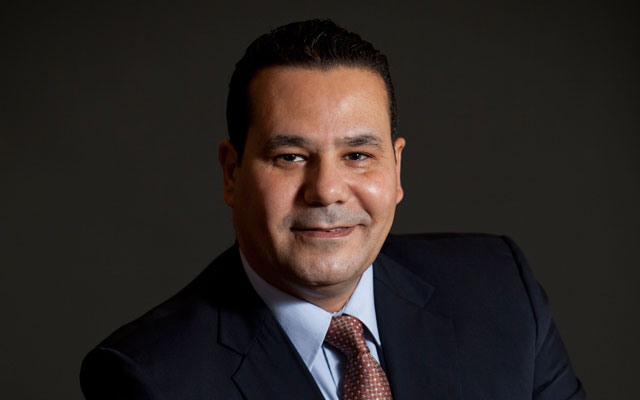SMX Convention Center’s vice president and general manager explains the value of MICE for the Philippines, and stresses the need for venues to adopt a service-oriented culture
SM Hotels and Convention (SMHC) is the largest builder of convention centres in the Philippines. SMHC owns eight SMX convention centres, with more to follow. What benefits does the company see in building such venues?
We see the value of MICE. SMHC has a vision of being the leading hotel, beach and convention centre company in the country. Hence, it is building more convention centres to support and sustain the market development in the Philippines – and Asia – aligned with both the government’s Build. Build. Build. programme and the Department of Tourism’s MICE Roadmap 2030.

The MICE Roadmap also mentions the lack of huge convention and exhibition centres in the country. Even SMX Convention Center Manila, Philippines’ biggest, is considered small, (due to) the growing trend for mega-events.
You’ll be surprised that every year we turn down a lot of business because there’s no available space.
One show that’s expanding is Philconstruct, which combines SMX Manila and World Trade Center Manila as venues every year; they’re desperate for space. We have other shows like Worldbex and Wofex that want to expand but there’s no space. And we have associations that are using SMX Manila, which is getting too small for them.
Are there plans to build bigger centres then?
SMX Manila has no more room to grow, neither upwards nor horizontally. Every space is taken. However, we are in the very early stages of looking at another project within the Mall of Asia; that’s the only way we can expand.
SMX Convention Center Cebu, which will open in 1Q2022, will be bigger than SMX Manila in terms of leasable space. Its indoor Arena will also be bigger than the Arena at the Mall of Asia.
What is SMX’s formula for building convention centres which, noticeably, includes malls and hotels too?
The presence of SMX convention centres next to, or as part, of an SM mall and a hotel – currently a Conrad, Radisson Blue or Park Inn by Radisson – was the vision of our late founder, Henry Sy. He wanted everything to be near each other and for them to benefit from each other. This formula works very well for us, and we want that formula – the trio of hotel, mall and convention centre – to stay.
SMXs are also in close proximity to a transportation hub or a domestic/international airport. This helps the client mount a successful event and addresses their major concerns, by contributing to the guest convenience and overall customer experience.
Sometimes, the location of an SMX is determined by sheer demand for events and whether the city is ready for a convention centre. When we opened SMX in Bacolod, we (were the ones who) started the business rolling there and others followed.
Some planners prefer holding events in integrated resorts and hotels which are one-stop shops. What’s your take on this?
It comes down to how many people can a hotel ballroom handle; for a 1,000 pax group, it’s a state of emergency. At SMX Manila, we do dinners for 14,000 people. That’s the difference.
I know that hotels don’t add room rental (for events), but their menus are different and more expensive. The purpose of a hotel ballroom is not to sell the venue, but to sell F&B.
For tradeshows, hotels cannot have booths that are high, or provide other services that convention centres can. Everyone has their own niche market. If a client wants a hotel, then (they should) go for a hotel. But SMX Manila has a hotel too; Conrad is our bedroom while SMX Manila is Conrad’s ballroom.
How do you think the convention centre of the future will look like?
Considerations will include clients’ ever-changing needs and requirements such as increasing size of events, technology, space flexibility, higher ceiling clearance, floor load capacity, and the number of function and meeting rooms.
Also, (there is) the need for convention centres of the future to adopt a hotel culture. Specifically, keen attention to details, presence, and interaction with event organisers and guests. These are the service-oriented things that we must bring (to the table). The hardware is already there, but we (have to) bring in the software.





















